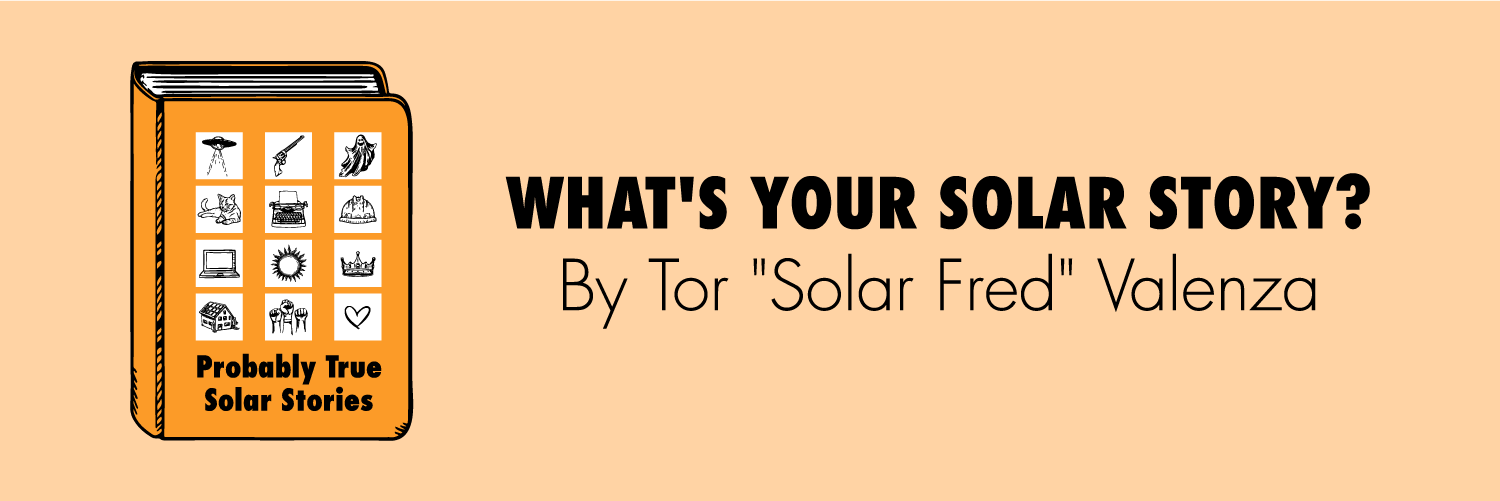The Red Knight and the Dawn of the Solar Dragon, Parts 1, 2, & 3
On the next Probably True Solar Stories, we’re bringing together our previously published solar dragon story, "The Red Knight and the Dawn of the Solar Dragon." It’s the same Season 2 story, but instead of three 20-minute episodes, we’re telling this dragon tale in a single hour-long version for those who prefer a longer audio-novella version.
--
Once upon a time, there were honest and friendly dragons who heated the boilers for steam-powered electric turbines. The dragons enjoyed the job and were paid good union wages. However, due to the high cost of dragon energy, the King decided that the dragons needed to be replaced, sparking a bloody dragon war that led to the invention of solar power.
True Solar Takeaways
- Fossil fuel-based generators work by burning fossil fuels, which boil water to high temperatures. The boiled, high-pressure water produces steam that spins an electric turbine, generating electricity.
- Unionized labor dominates the energy industry, including solar.
- All utilities contract or own stand-by power plants known as "spinning reserves" or "Peaker plants." Peaker plants run 24/7 to provide backup power for when the grid is overloaded--typically when it's a hot summer day and more homes and buildings are using air conditioning.
- Utilities, states, and kingdoms pay a significantly higher price for Peaker Plant energy.
- The photovoltaic effect is how solar power is produced. When sunlight shines on a special semiconductor material, the sunlight excites electrons and creates a flow of electricity into a direct current.
- Tandem perovskite solar cells are coming soon. They promise higher solar cell efficiencies (more generated solar power) at a lower price, but as of July 2023, they haven't been commercialized yet.
- Wind power is one of the least expensive forms of energy today.
- Lithium-iron-phosphate batteries are increasingly gaining market share for backing up solar power.
- Energy wonks often refer to the cost of energy over time as the "Levelized Cost of Energy" or LCOE. It allows them to compare the total cost of a solar plant to, say, a gas or coal plant. Today, solar has the lowest LCOE.
- For all the True Solar Takeaways in this dragon story, read the episode notes of Part 1, Part 2, and Part 3.
-----
- Visit ProbablyTrueSolar.com to sign up for the newsletter to learn about new episodes and live solar storytelling events.
- Support the show by visiting the merch store and buying a tee shirt!
- Learn how sponsors can be a part of Probably True Solar Stories and tell their own creative stories.
- Follow @SolarFred and/or @ProbTrueSolar on Twitter to discuss episodes
- Don't forget to:
- Subscribe to the show on your favorite podcast streaming service
- Rate
- Review, and
- Share!















